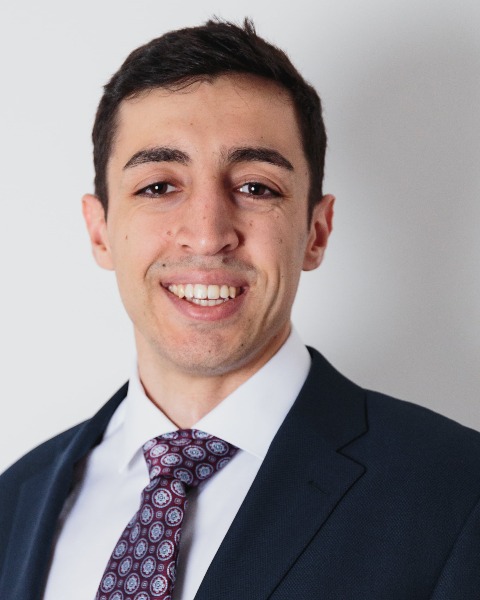Degenerative
The Effect of C7-T1 Fusion on Clinical and Patient Reported Outcomes in ACDF Patients: a Quality Outcomes Database study
Friday, February 21, 2025

Omar Zakieh, MBBS
Research Fellow
Vanderbilt University Medical Center
Vanderbilt University Medical Center
Presenting Author(s)
Disclosure(s):
Omar Zakieh, MBBS: No financial relationships to disclose
Introduction: The C7-T1 segment poses challenges in spinal surgery due to its biomechanical transition from the mobile cervical spine to the rigid thoracic spine, with concerns about subsidence from stress-shielding of the T1 superior endplate by the first rib. The impact of fusing C7-T1 on outcomes remains unclear relative to other levels during anterior cervical discectomy and fusion (ACDF). In a cohort of patients undergoing ACDF, we sought to determine the impact of C7-T1 fusion on: 1) patient-reported outcome measures (PROMs), and 2) clinical outcomes.
Methods: A retrospective cohort study using the Quality Outcome Database was conducted for patients who underwent primary single or two level ACDF. Primary exposure variable was fusion of C7-T1. Primary outcome was 3-month and 12-month PROMs, including numeric rating scale for neck and arm pain, neck disability index, quality of life (QALY), and patient satisfaction. Secondary outcomes included 30-day complications, and 3-month readmissions and reoperation. Multivariable regression models were fitted for each outcome, controlling for baseline variables.
Results: Of 12,240 patients (age 55.8±11.6; 48.7% male) undergoing ACDF, 4,736 (38.7%) had C7-T1 fusion. On multivariable regression, fusion of C7-T1 was only associated with a greater 3-month QALY score (OR=1.14, 95%CI=1.06-1.24, p< 0.001) and lower rate of readmission (OR=0.76, 95%CI=0.63-0.92, p=0.006), with no association to other PROMs, patient satisfaction, complications, and reoperation (p>0.05). On subanalysis of 4,103 myelopathic patients, C7-T1 fusion was only associated with lower odds of 3-month readmission (OR=0.60, 95%CI=0.42-0.86, p=0.006).
Conclusion : C7-T1 fusion was associated with a better 3-month QALY score. Myelopathy patients with C7-T1 fusion were also less likely to be readmitted within three months of surgery. C7-T1 fusion was not associated with any other outcome. Our results suggest comparable outcomes when fusing C7-T1, which may be useful when counseling patients facing surgery for pathology at this level.

.jpg)